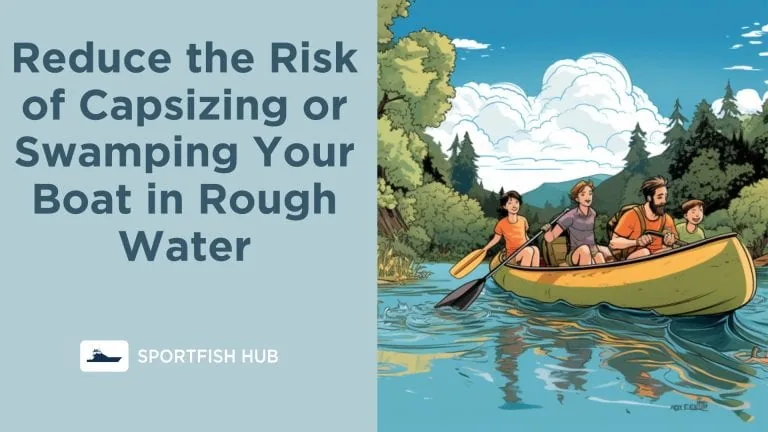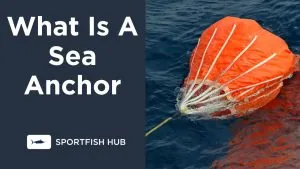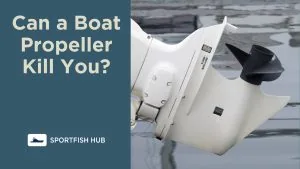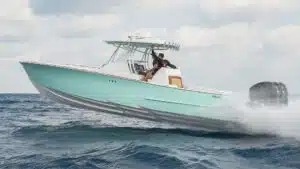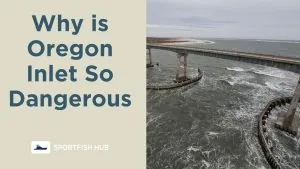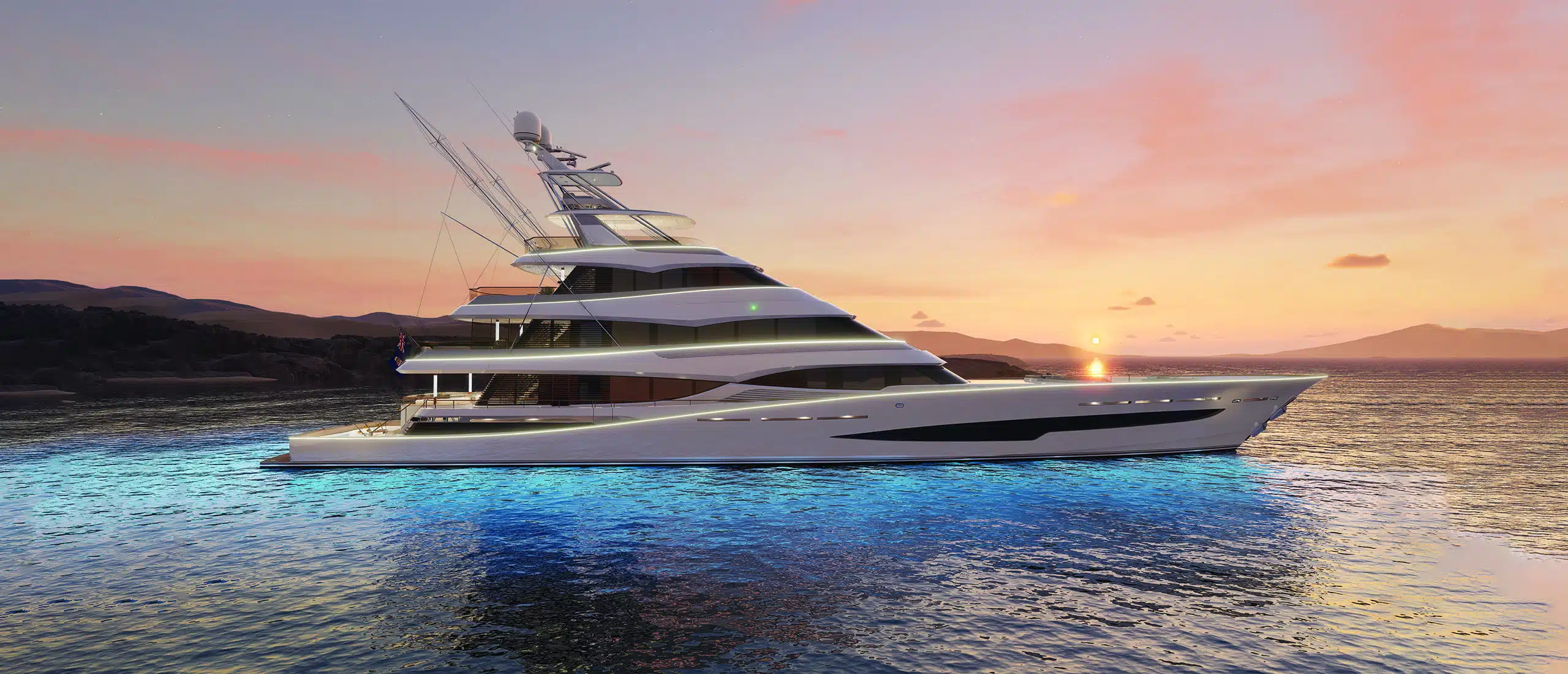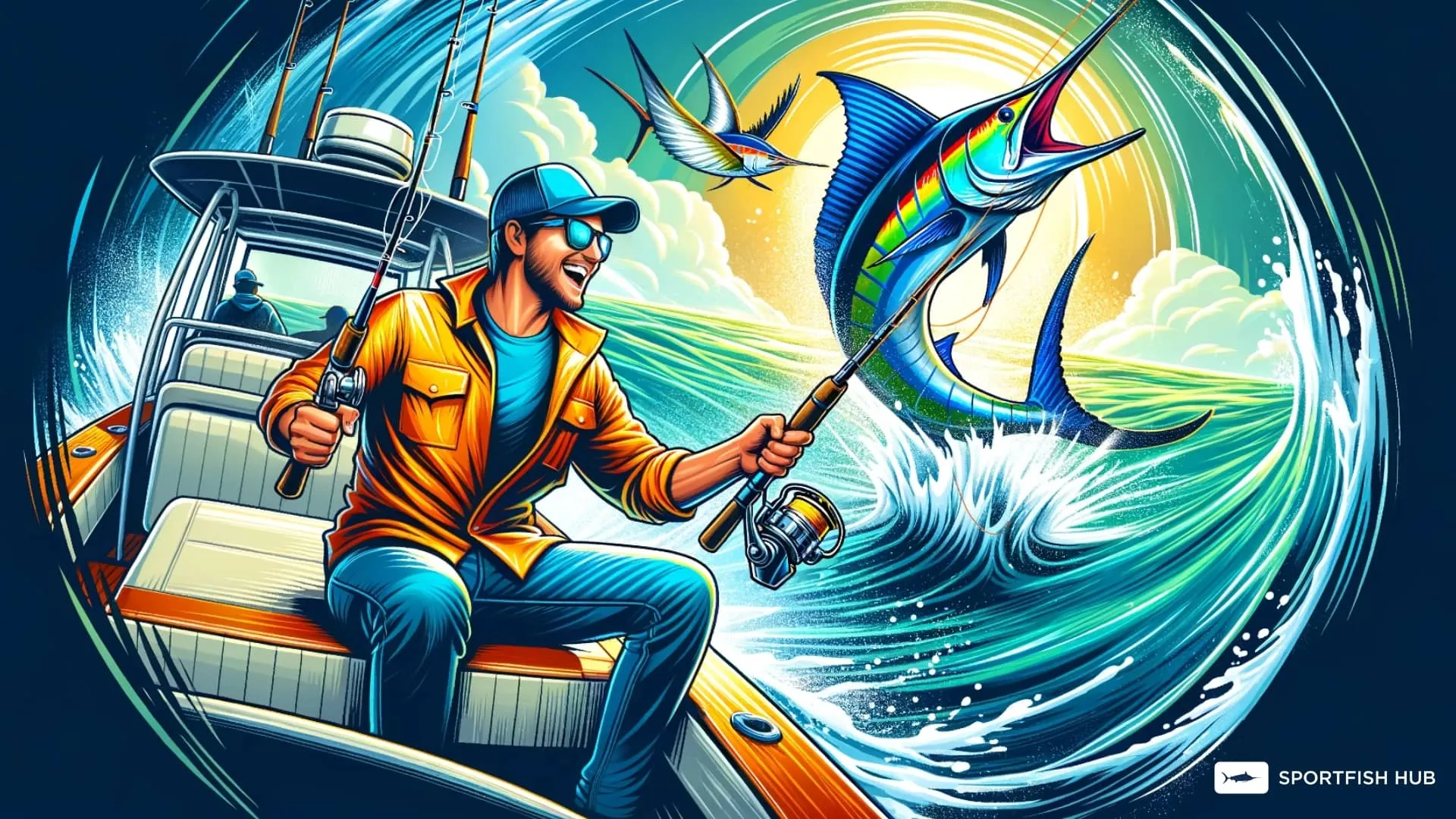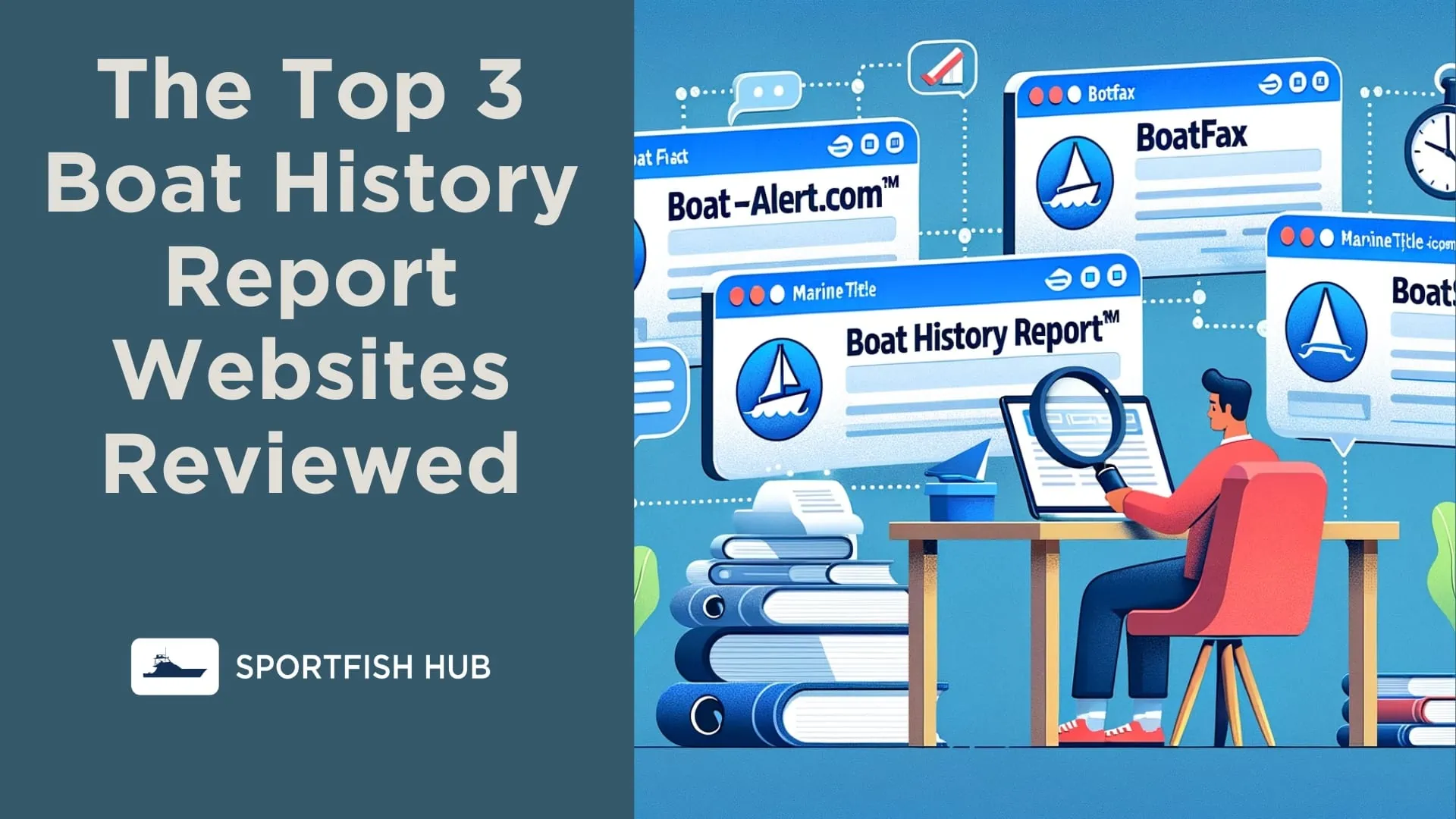Capsizing and swamping are two of the worst things that can happen when boating. Not only are they dangerous situations, but they can also cause expensive damage to your boat. However, there are steps you can take to reduce the risk of capsizing or swamping your boat in rough waters.
Don’t Overload Your Boat
Overloading your boat compromises stability and makes it more prone to capsizing or swamping. Make sure your boat is not overloaded with too much gear or too many passengers.
- Know the capacity limits for your boat. Don’t exceed the maximum weight. Overloading reduces freeboard, which is the distance from the waterline to the upper deck level. With less freeboard, waves can more easily break over the sides.
- Distribute weight evenly in the boat. Avoid having too much weight in one area. If weight is focused in one spot, it can cause the boat to lean to one side. Spread gear and passengers out.
Balance and Distribute Weight
Proper weight distribution is key for maintaining stability on the water.
- Have passengers sit low and close to the centerline. Sitting up high or on the sides can raise the center of gravity.
- Stow gear low in the bilge area. Having weight down low helps counteract the high center of gravity caused by passengers sitting up top.
- Avoid having passengers stand up or move around. Sudden movements can shift the boat’s balance rapidly.
Control Speed When Turning
Making sharp turns at high speeds can cause the boat to dangerously lean.
- Slow down and make controlled, wide turns whenever possible. Gradual turns distribute forces more evenly across the hull.
- Avoid sudden course changes. Turning too sharply while underway builds up centrifugal force that can capsize the boat.
Angle Bow Into Waves
When in rough seas, position your boat at a 45° angle towards oncoming waves.
- Keep the bow high to prevent plowing into waves. If the bow digs in, water can break over it and swamp the boat.
- This will allow the boat to ride up and over waves more smoothly. A bow-on orientation causes less slamming than a broadside orientation.
Check Weather Forecast
Don’t boat in bad weather or rough waters.
- Monitor marine weather forecasts before going out. Pay attention to wind speed and wave height predictions.
- Head in or seek safe harbor if conditions deteriorate. Recognizing worsening weather early is key to getting off the water safely.
Wear Life Jackets
In case of capsizing or falling overboard, life jackets will keep you afloat.
- Require all passengers to wear secured life jackets at all times. This could save lives in an emergency. Selecting proper fit USCG approved jackets is important.
- Have extra life jackets on board in case any are damaged or lost. Children should wear appropriate infant or child jackets.
Summary
By following these guidelines, you can minimize the risk of capsizing or swamping your boat and ensure a safer boating experience. Stay safe out on the water by taking precautions.

